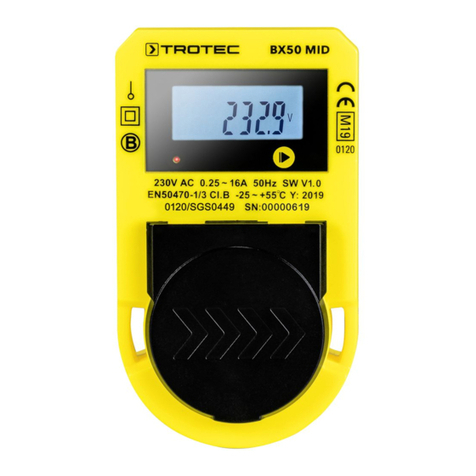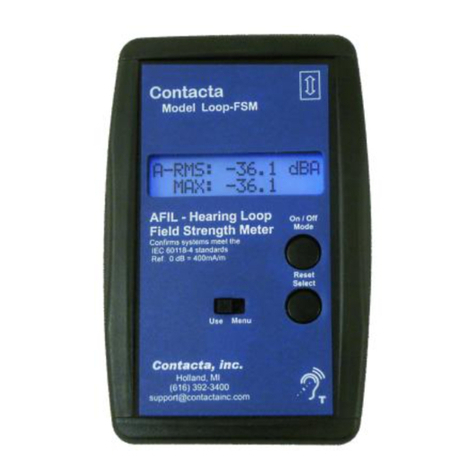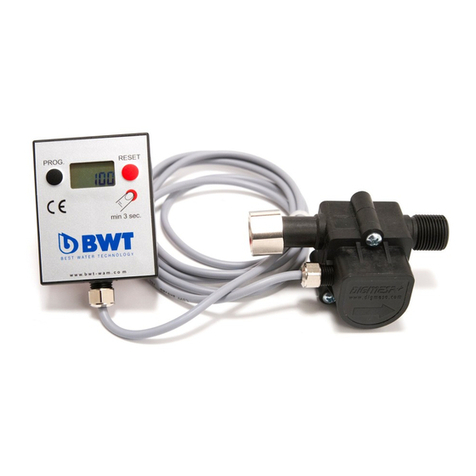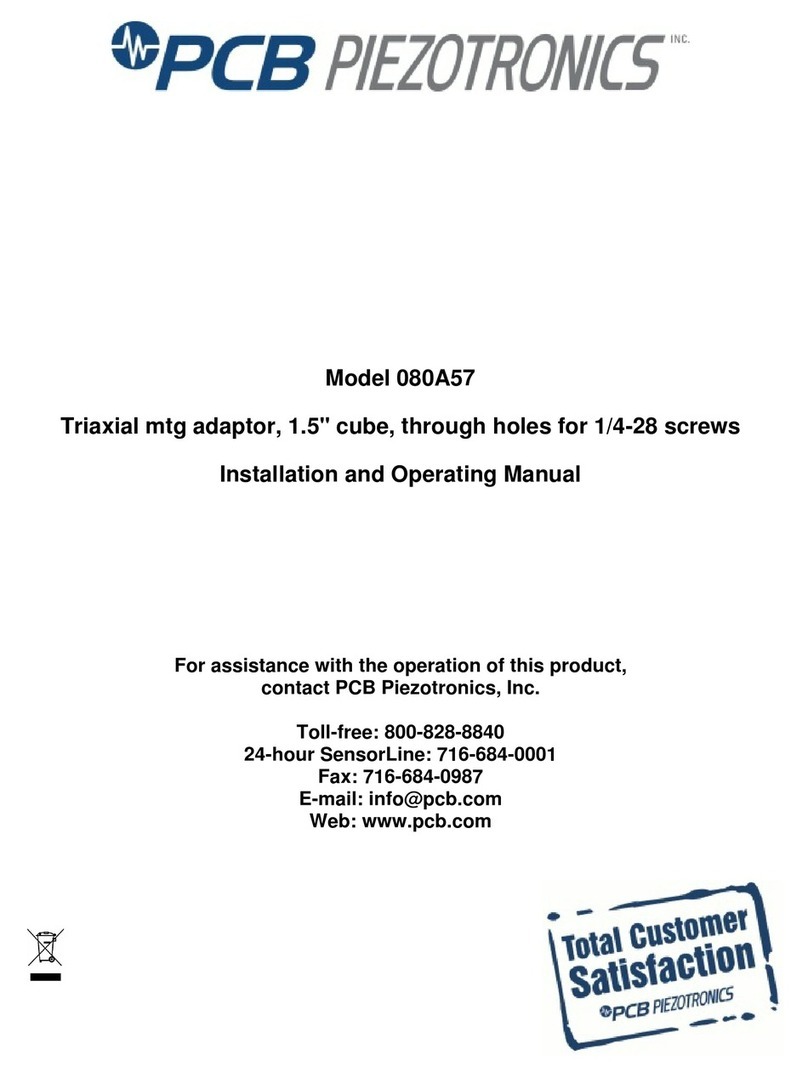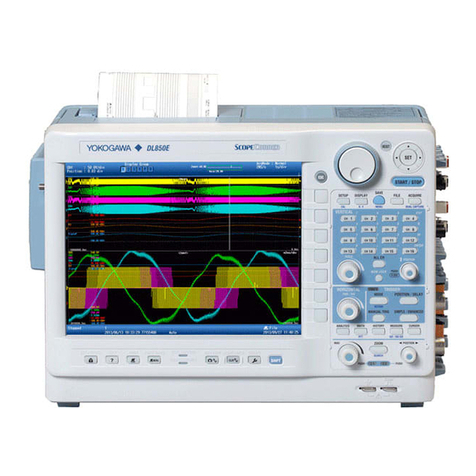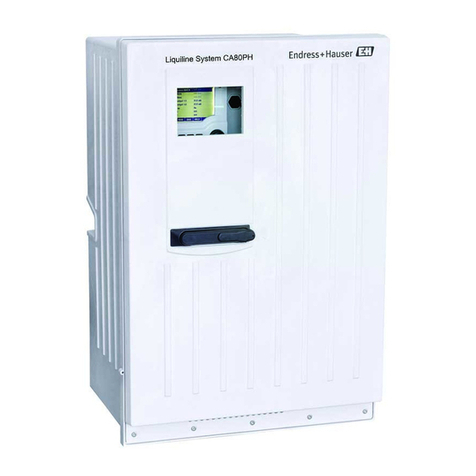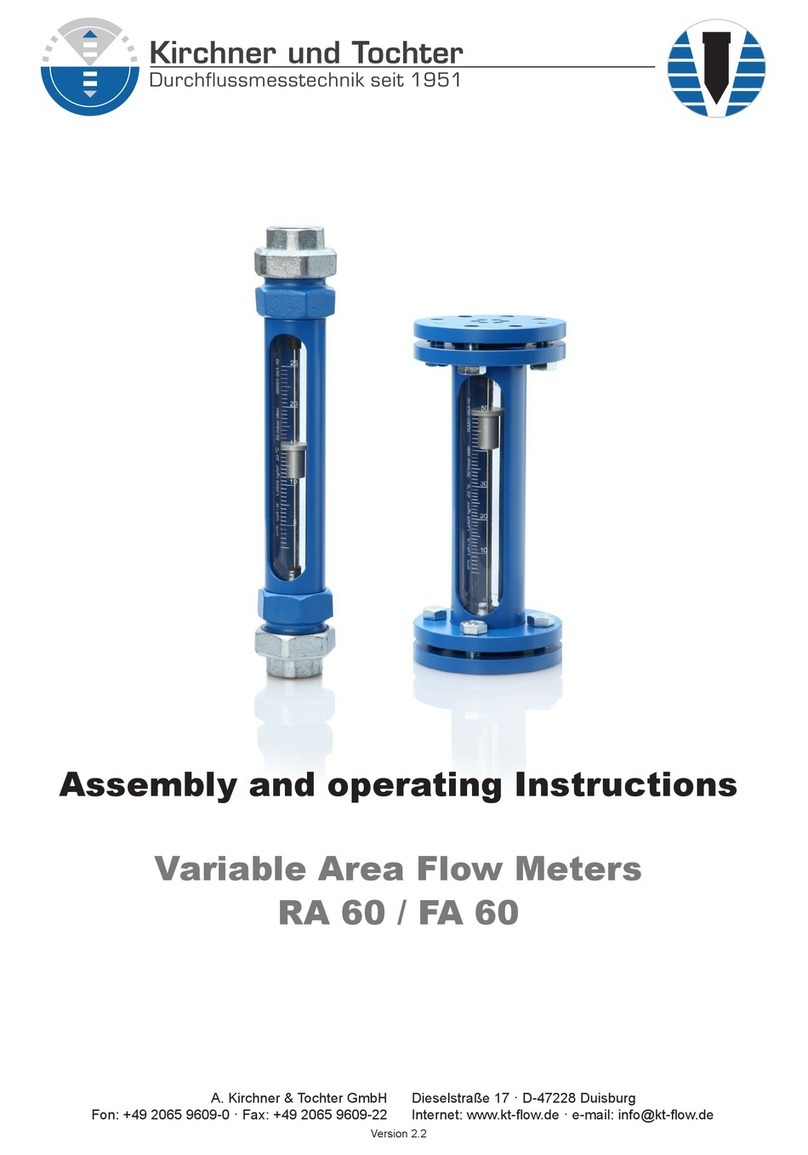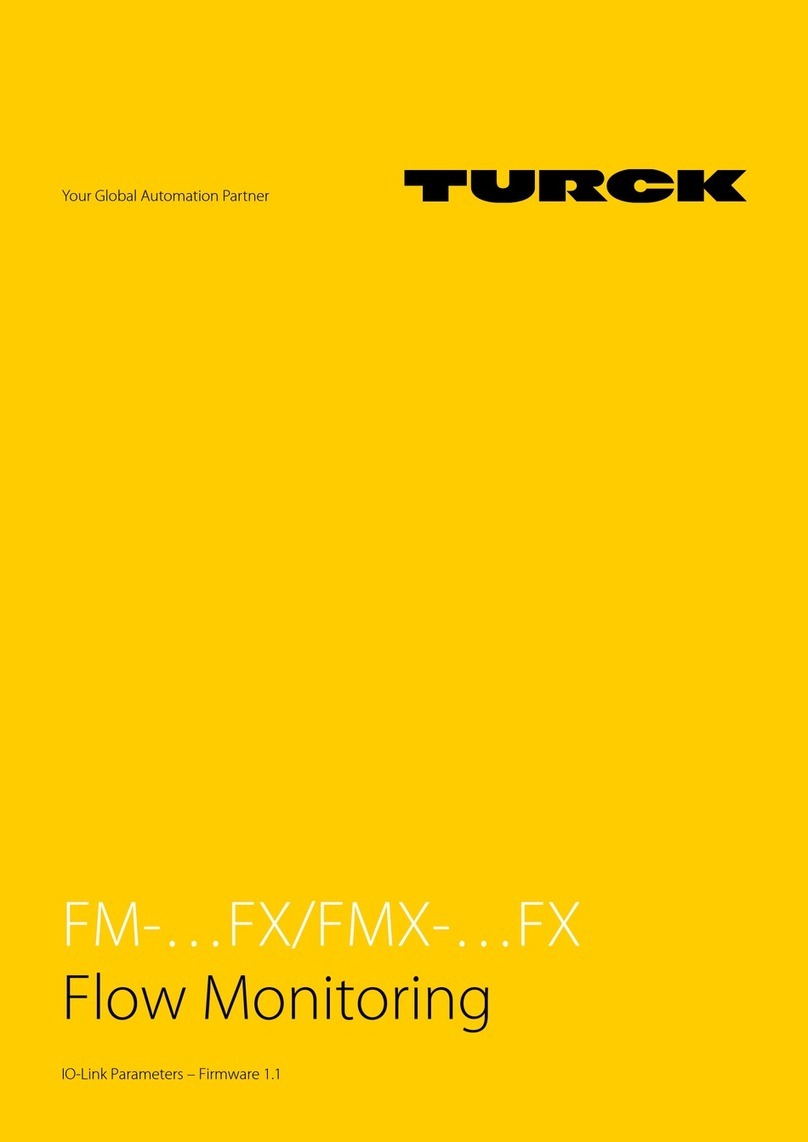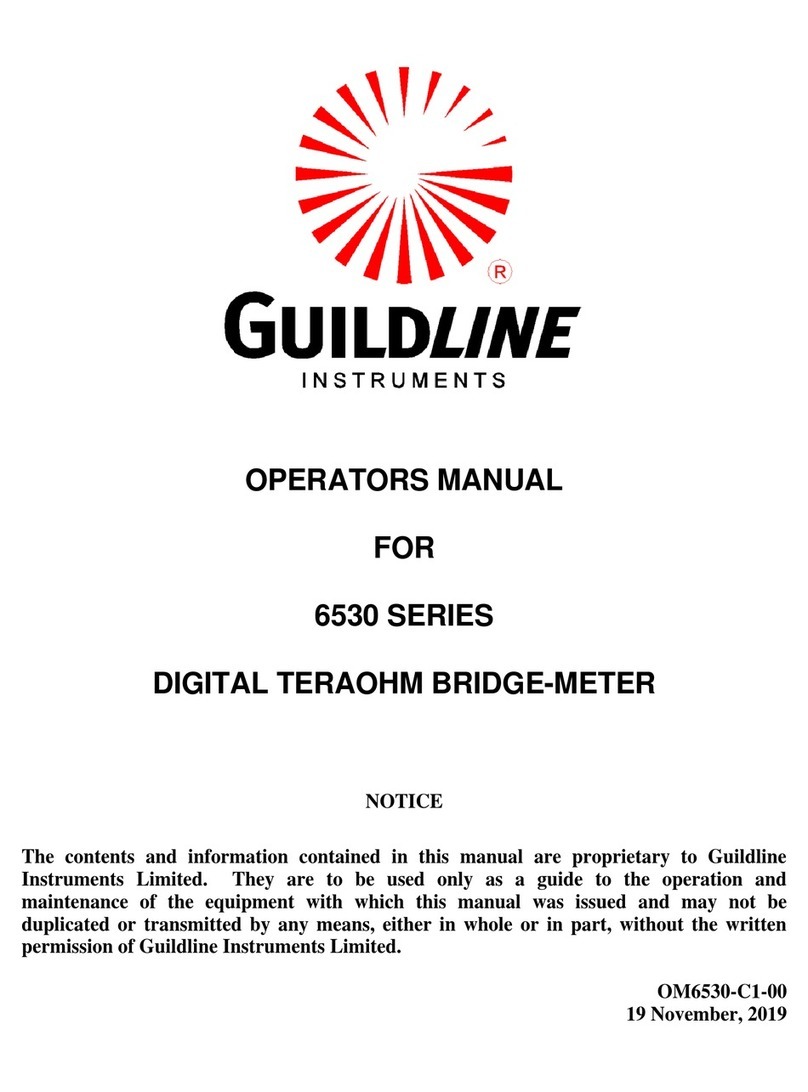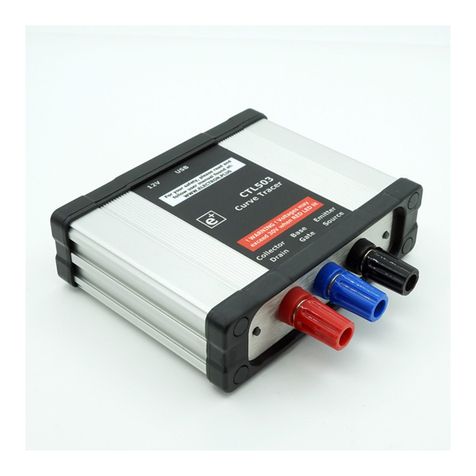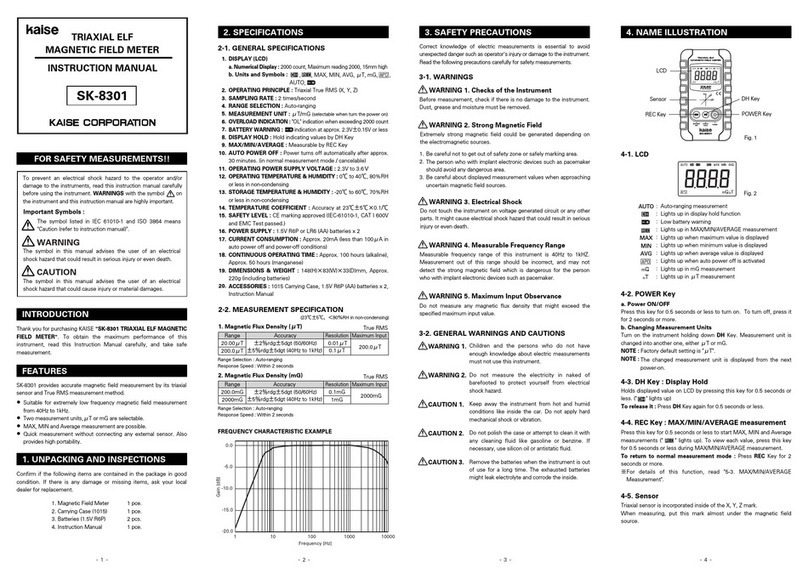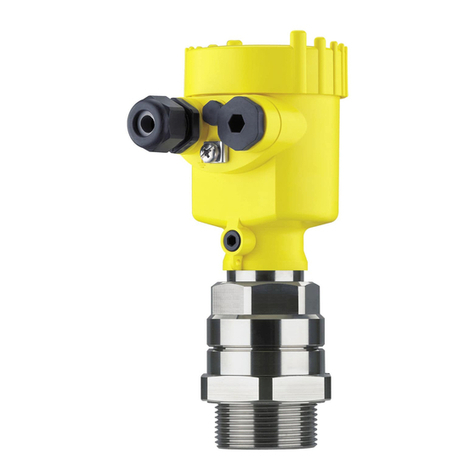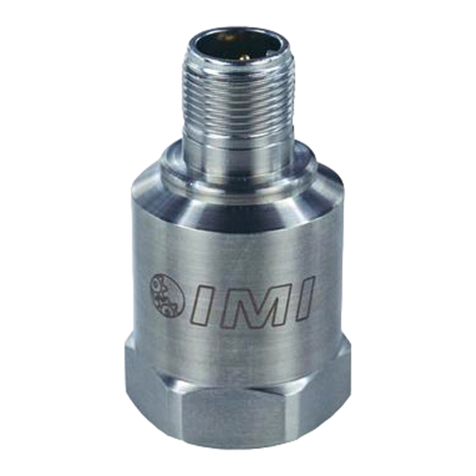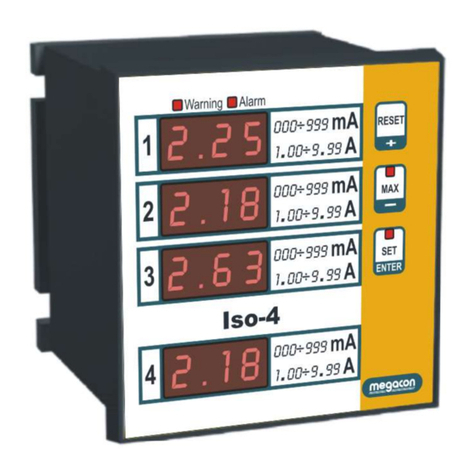pag. 7 / 28
Harmonic analysis page
-The EMA-11N provides the harmonic analysis up to the 63rd order of the followings measurements:
● phase-to-phase voltages
● phase-to-neutral voltages
● currents
-For each of these measurements, there is a display page that graphically represents the harmonic content through a bar graph.
-Every column is related to one harmonic order, even and odd.
-Every histogram represents each phase L1, L2, L3
-The value of harmonic content is expressed as a percentage.
-It is possible to show the harmonic content in numeric format, pressing →keys
-The vertical scale of the graph is automatically selected among full-scale values, depending on te column with the highest value.
Waveforms page
-This page graphically views the waveform of the voltage and current signal reads by the EMA-11N.
-It is possible to see one phase at a time or 3-phase, selecting it with →keys.
-The vertical scale is automatically scaled in order to fit the waveform on the screen.
Energy meters page
-Each energy meter page shows the following meters simultaneously:
●active energy Imported, total and each phase L1, L2, L3 meters
●active energy Exported, total and each phase L1, L2, L3 meters
●reactive energy Imported, total and each phase L1, L2, L3 meters
●reactive energy Exported, total and each phase L1, L2, L3 meters
●reactive energy each quadrant (1…4), total and each phase L1, L2, L3 meters
●apparent energy, total and each phase L1, L2, L3 meters
●net energy
-Pressing →keys, the display moves to sub-page with timeband meters.
-To clear energy meters, it’s necessary to access the commands menu.
Energies and Counters
-For the Energy billing, the EMA-11N can manage 16 different timebands in addition to the total Energy meters.
-The timebands selection is made by external digital inputs or through the dedicated command via communication protocol or internal preset mode.
-In preset control mode, the tariff switching is triggered by the real-time clock. The schedule modes for preset are:
-Daily mode
-Period mode
-Holiday mode
-The preload energy values will be added to the energy meters.
Trend graph page
-The trend graph page allows to show the changes in the time of one following measurements.
●voltages L1-N L2-N L3-N
●currents
-When the maximum storage capacity is exceeded, the newest data will overwrites the oldest, so that the most recent data is always shown.
-The vertical full scale is calculated automatically.
Bar graph page
-The bar graph page allows to show of the following measurements:
●daily active and reactive powers
●active energy consumption (daily, weekly, monthly day by day and yearly), Imported and exported
●reactive energy consumption (daily, weekly, monthly day by day and yearly), Imported and exported
-The vertical full scale is calculated automatically.
Phasor diagram
-The phasor diagram shows voltages and currents in relation to each other. The voltages and currents that belong together are depicted in similar colours
(red and orange L1, light-green and purple L2, light-blue and dark-blue L3). In this way, the phase angles can easily be assigned.
-The display shows:
●Voltages VL1, VL2, VL3
●Currents IL1, IL2, IL3
●Phase angle VL1-2, VL2-3, VL3-1
●Phase angle V-A L1, V-A L2, V-A L3
User pages
-The user can create a maximum of 6 customized display pages.
-Each of these pages can view 6 measurements, freely chosen among the available readings of the EMA-11N.
-The title of the page can be freely programmed by the user, allowing, for instance, indicating the part of the plant supervised by the analyzer.
-The footer area of the page can be freely programmed by the user specified the title assigned to the function keys.
-The user pages are placed in a position that allows the reach them easily starting from the first pages, by pressing the keys.
-Like all other pages, it is possible to set the EMA-11N to return automatically to the user page after time has elapsed without keystrokes.




















